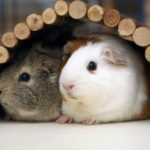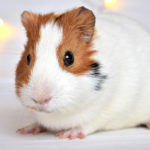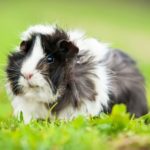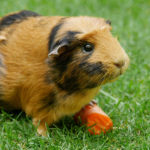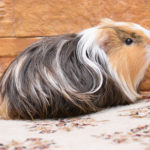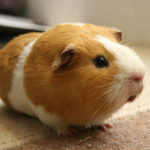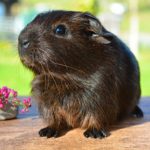Facts about guinea pigs
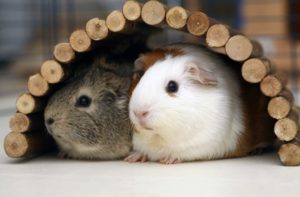 Guinea pigs are cute, furry creatures, which many keep as pets. They are easy to tame, and, being grown at home, become loyal and affectionate pets. In suitable conditions, surrounded by care and having the right diet, guinea pigs can live long enough, pleasing their hosts with their attention.
Guinea pigs are cute, furry creatures, which many keep as pets. They are easy to tame, and, being grown at home, become loyal and affectionate pets. In suitable conditions, surrounded by care and having the right diet, guinea pigs can live long enough, pleasing their hosts with their attention.
- Guinea pigs do not live in the sea and are not related to pigs. Perhaps the animals were called “mumps” because of grunting, a fat calf without a waist and a constant eating of food. “Sea” – perhaps derived from the word “overseas”, that is, exotic, brought from afar.
- The ancient ancestors of guinea pigs were about the size of a bull and weighed up to 700 kilograms.
- These rodents were tamed by the Incas, for which they served as a source of valuable meat. It happened in the 5th millennium BC.
- The people of Mochica culture deified guinea pigs, worshiped them and created works of art dedicated to these animals.
- Meat delicacies from guinea pigs are still served in many institutions of Peru and Ecuador (see interesting facts about Ecuador).
- The body length of guinea pigs reaches 35 centimeters, and the weight of adult males is 1.5 kilograms.
- Guinea pigs are forced to eat constantly and in small portions because of the special structure of the digestive system. The main food of these animals is hay.
- These rodents should eat their litter to be healthy – they are able to assimilate the vitamins of groups K and B only during the second passage of products containing them along the digestive tract.
- Guinea pigs are good and sociable pets. They remember their name, they like to sit on their hands and purr when they are stroked.
- Pregnant pigs, and occasionally males, also make tweets, similar to the singing of birds.
- Guinea pigs usually live about 5 years, but with good care their life can be extended for several more years.
- Guinea pigs become adults and are able to reproduce within a month after birth.
- Guinea pigs can not be given penicillin, because for them it is a deadly poison.
- The teeth of guinea pigs grow all their lives, so it is very important for them to grind them about food.
- When guinea pigs are happy, they stretch or bounce in place.
- The oldest guinea pig survived to 15 years – this achievement is fixed in the Guinness Book of Records.
- DNA of guinea pigs consists of 64 chromosomes (in humans, they are 18 fewer).
- A pregnant guinea pig can change its mind to become a mother – then the young are absorbed inside her body or canned for several years.
- Guinea pigs sleep for 10 minutes several times a day, the rest of the time are awake.
- These rodents, despite their name, do not like water.
- Guinea pigs can be seriously affected even by falling from a small height.
- Guinea pigs, in contrast to other rodents, such as mice, can distinguish colors (see interesting facts about mice).
- The length of the coat of Peruvian guinea pigs can be up to 50 centimeters.
- Guinea pigs appeared in Europe after Christopher Columbus discovered America.






